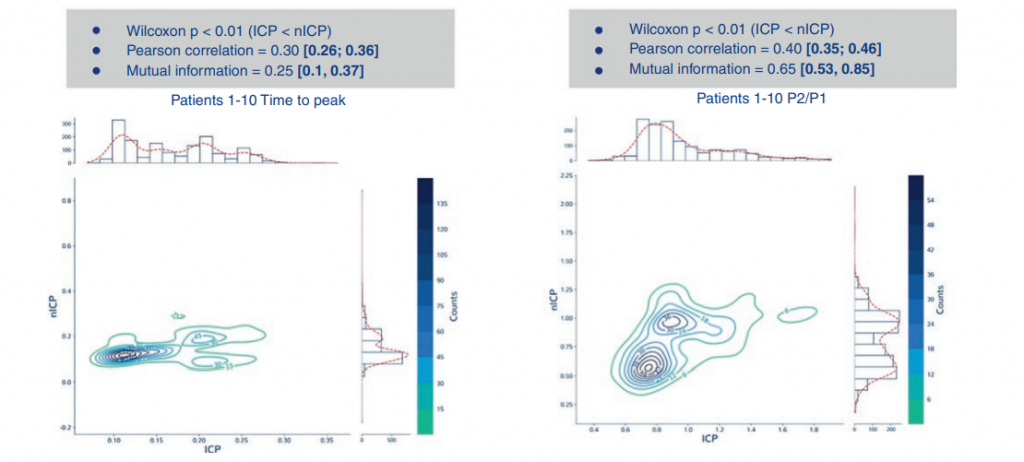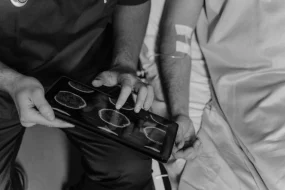
Although it does not offer absolute values of intracranial pressure, the method allows for continuous and risk-free monitoring

A pilot study carried out by Celeste Dias, a professor at the Faculty of Medicine of the University of Porto (Portugal), and Inês Gomes, an undergraduate at the same university, identified that monitoring intracranial pressure through a non-invasive, wearable sensor produces results. similar to the standard procedure, quite invasive. The research was carried out in partnership with a team from the Brazilian company brain4care, which produces the non-invasive sensor used in the experiment.
As pointed out in the article, intracranial pressure (ICP) is an important parameter related to the treatment of intracranial trauma and stroke, caused by intracranial hypertension. Thus, its monitoring is of great importance to increase the survival chances of patients, especially to guide treatment decisions.
The standard method of measuring intracranial pressure requires drilling the skull and inserting a sensor into the intraventricular or intraparenchymal space. It is very accurate, but costly, and poses risks of hemorrhage and infection to patients. The non-invasive method, on the other hand, only requires the placement of the external sensor over the temple region and allows for continuous monitoring.
The research was carried out with a set of ten patients from Hospital Santo António (Porto, Portugal) – three of them suffered intracranial trauma, three subarachnoid hemorrhage, three intracranial hemorrhage and one who suffered an ischemic stroke – who had intracranial pressure measured by both the invasive and non-invasive methods, as well as the radial arterial blood pressure.
The two measurements were compared statistically using linear and non-linear correlations. The study identified that most parameters analyzed are provided equally accurately by both methods, with the exception of peak time, which is less accurate in the non-invasive method. Research also indicates that peripheral blood circulation can interfere with measurements of the non-invasive method, which requires an optimization in sensor placement.
It also makes the reservation that the non-invasive method does not present absolute ICP values in mmHg, offered by the invasive method, presenting instead the ICP pulse morphology that allows the assessment of intracranial compliance, the ability of the skull to compensate for internal changes of volume.
The article “Comparison of Waveforms Between Noninvasive and Invasive Monitoring of Intracranial Pressure” was published as a chapter of the book Intracranial Pressure and Neuromonitoring XVII and can be accessed from DOI: 10.1007/978-3-030-59436-7_28. The book is part of the book series Acta Neurochirurgica Supplement, from the prestigious journal Acta Neurochirurgica.





